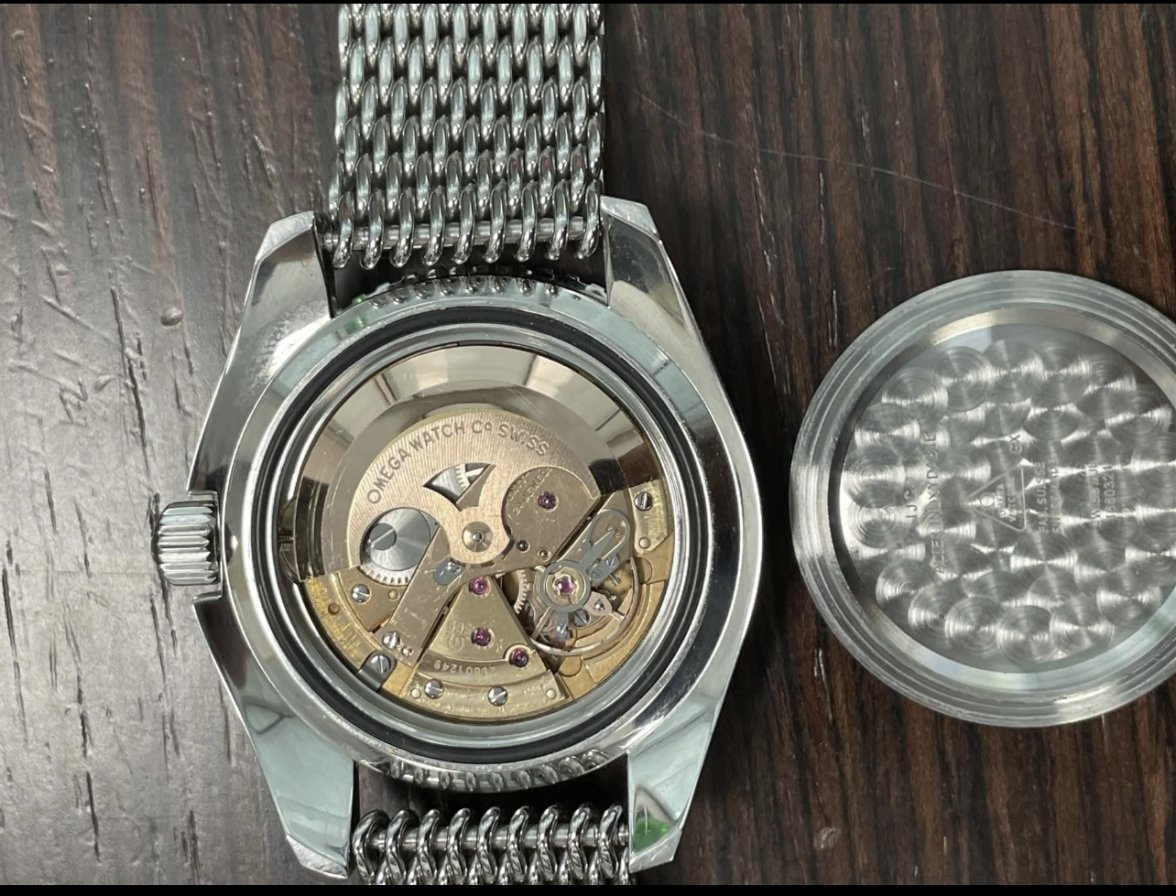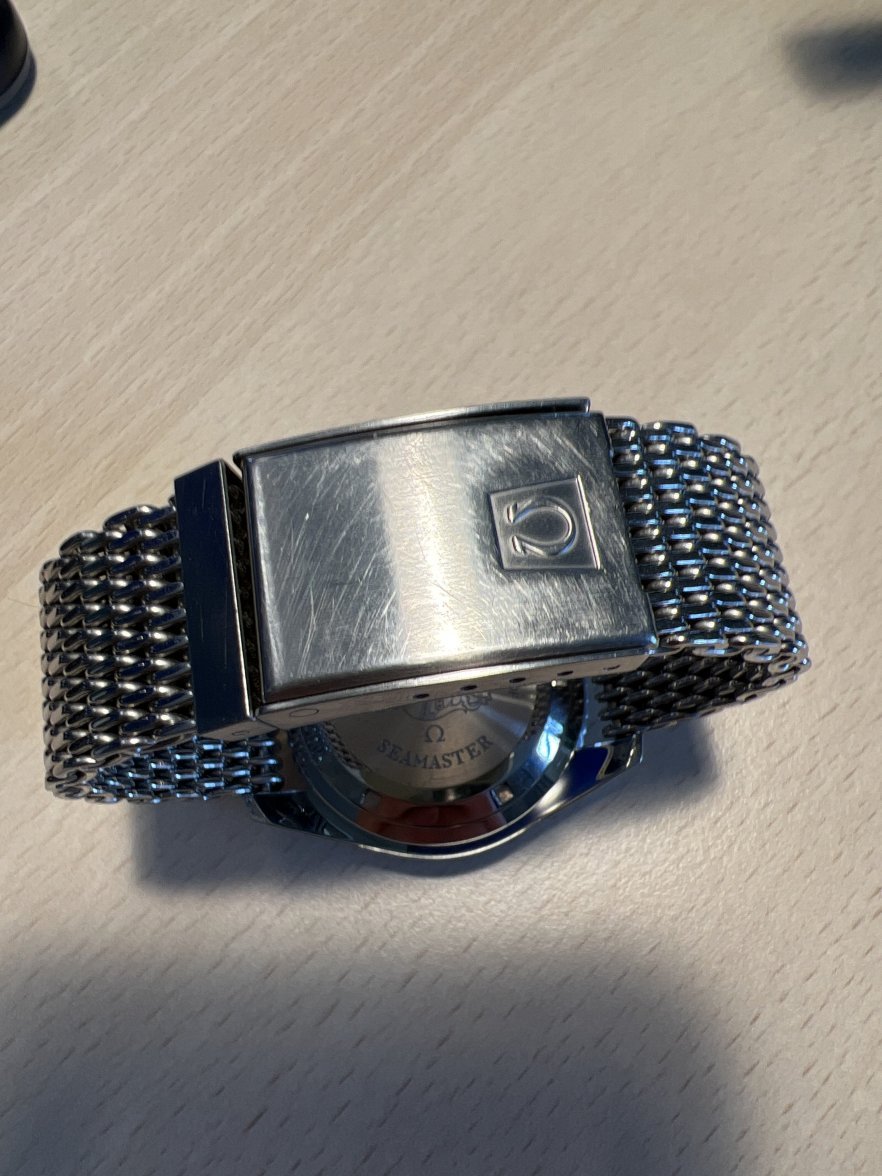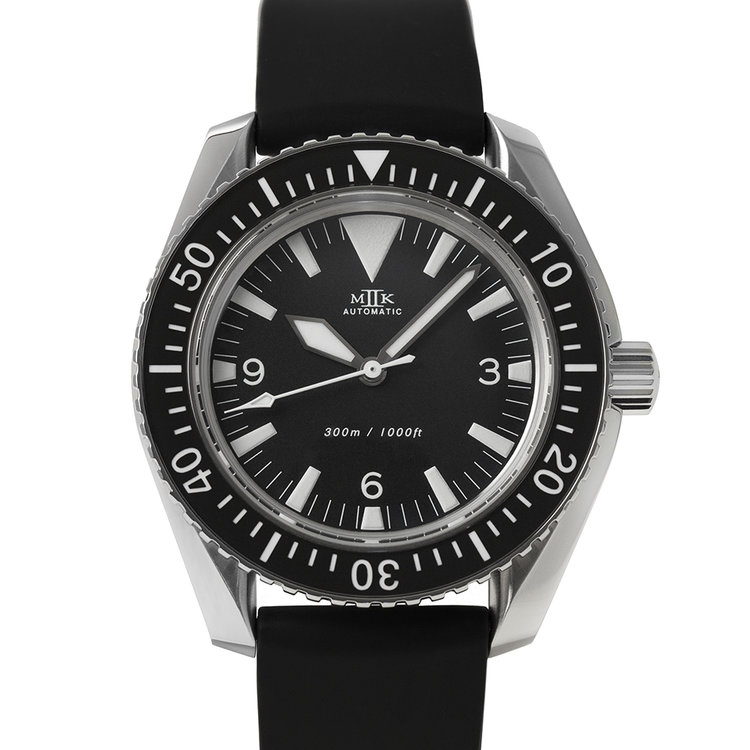- Posts
- 6
- Likes
- 0
BravoMike
·I have been looking through the forum about this but couldn’t find a conclusive suggestion if there is a way to tell one from the other.
Can any of you tell me how to spot the difference? I understand that eve if they were made by Watch Co in Oz, they are still authentic Omegas as all pieces are old stock. I have attached a picture of mine. The serial no on the movement is 29XX-XXXX.
Much obliged!
Can any of you tell me how to spot the difference? I understand that eve if they were made by Watch Co in Oz, they are still authentic Omegas as all pieces are old stock. I have attached a picture of mine. The serial no on the movement is 29XX-XXXX.
Much obliged!




